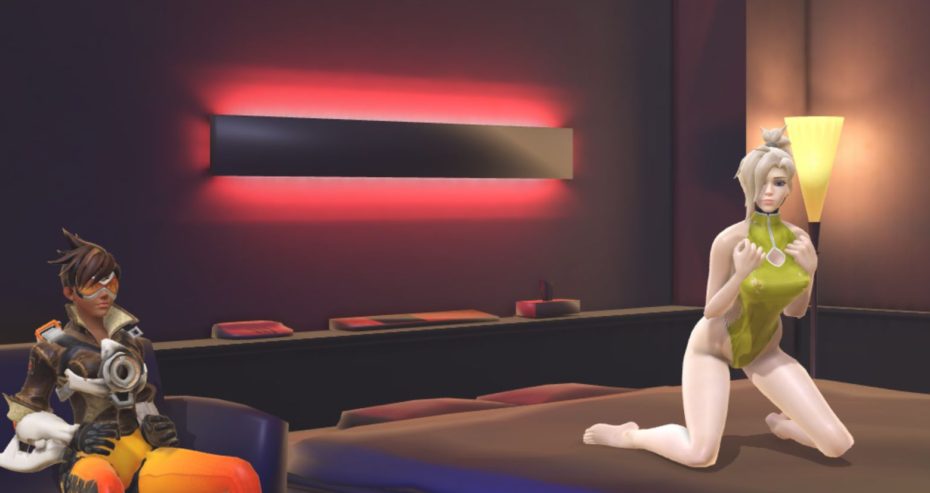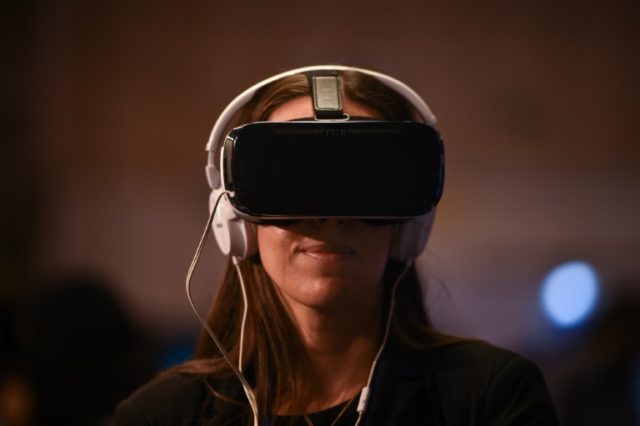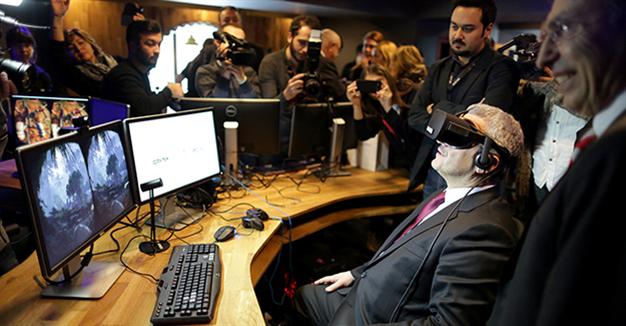If you learned how to drive in the US, there’s a good probability you suffered through Red Asphalt -the famously gory driver’s ed movie the California Highway Patrol has been making and remaking since the 60s.
Now the time-honored tradition of scaring teenagers into staying sober behind the wheel with grotesque pictures has taken on a brand new dimension: virtual reality.
Diageo, the British liquor firm that owns Johnnie Walker, Baileys, and Guinness, has tapped VR tech to convey the dangers of drunk driving with an additional dose of drama. Choices puts you inside three automobiles destined for a deadly encounter late at evening on a stretch of rural street. A pair on their first date after having a child, three twenty-somethings heading to a celebration, and Sam, a younger girl leaving a bar after a gathering that included bottle service.
The corporate plans to roll out its full setup-complete with a motion-chair-at events like music festivals, and to work with police departments and faculty systems to get teenagers into the experience. For everybody else, the four-minute horror show is now accessible through VR channels on YouTube, Facebook, and The New York Times.

Choices retains its efficiency even as a 3D YouTube video seen sans goggles and chair. As Sam drunkenly caroms down the street, you sense the increasingly erratic motion of the automobile, the jarring vibration when she briefly drifts off the street. You’ll be able to look around, see the traffic on the street, and glimpse back to view her behind the wheel.
Virtual reality makes sense for this application: It is aces at eliciting emotions more effectively than two-dimensional media. The flexibility to go searching, at the same time as a bystander-to see the traffic on the street and the driver ineptly shifting gears-makes the tension more intense and palpable as the crash nears.
The PSA’s creators, led by New York advertising company VaynerMedia, are banking on that immersion. ‘What you want is for the user to feel what the experience is like in that car,’ says director Jason Beauregard. ‘That sensation and feeling comes from the experience hitting your emotional receptors. It heightens your senses in a manner you don’t get with standard film, and you actually feel that with the twist in the end, when essentially you, as a viewer but additionally a character, die.’
Beauregard used a high-end, 24-camera Jaunt ONE system designed specifically for capturing high-speed VR content, and a Sony A7-based array well-suited to low-light filming. The movie’s finish may not earn an ‘R’ ranking, nevertheless it’s grisly and evocative. Diageo hopes it is simply harrowing enough to persuade folks to maintain this virtual experience from coming to life.











